Most musicians strive to master one instrument like the piano, guitar, saxophone, or even singing, spending decades perfecting technique and musicianship. However, mastery of one instrument doesn’t have to doom you to a life of being a musical one-trick pony. Besides being an engaging and fun challenge, there are several benefits associated with learning more than one instrument.
Just look at how much this guy is having with not one, not two, but 90 instruments:
What is a Multi-Instrumentalist?
In the simplest terms, a multi-instrumentalist is a musician who plays more than one instrument.
However, this doesn’t mean that they might rock on the guitar and maybe occasionally pick up the harmonica. When referring to seasoned musicians, it means that they have mastered more than one instrument. While there will always be an instrument that they play best, their musicianship level is high on two, three, or even more instruments. Additionally, many multi-instrumentalists are vocalists, and can sing solo or background tracks, often with their own original music.
Jazz and classical music is full of multi-instrumentalists, with woodwind players and percussionists expected to master several instruments throughout their career. For example, a saxophone player might play alto sax, soprano sax, and clarinet with equal musicality and proficiency, and many church organists also play piano exceptionally well. A professional oboist might also play English horn, and in many indie bands, the members might switch instruments depending on the tune. Speaking for myself, as a percussionist, I’ve mastered everything from timpani to congas.
And then of course, there are the absolute music gods – for example, think of Prince, who not only could sing and entertain, but jammed like a madman on keys, guitar, bass, synth, and more:
Some examples of other incredible multi-instrumentalists include Paul McCartney, Stevie Wonder, and Bruno Mars. The cult progressive rock band the Gentle Giants were notorious for including all types of instruments on their tracks, from trumpet and synths to violin:
Why add another instrument to your arsenal?
While there are a multitude of advantages to playing more than one instrument well, the major reason is simple: playing more than one instrument greatly improves your overall musicianship and makes you more well-rounded as a musician.
A pianist that can sing is a great fit for a live band situation or church gig with a choir. A percussionist that also plays keys finds that they have a better understanding of overall musical form, melody, and harmony. A brass player that has mastered several brass instruments and piano has a much more comprehensive understanding of music theory, aural theory, and musicality than one who exclusively plays the trombone.
Taking a real-life example: while Bruno Mars is best known for his emotive, pitch-perfect voice, little do most of his fans know he can also rip on the drums:
And the benefits don’t end there…
Expand Your Understanding
If you only play the flute or drum set, your understanding of music is limited to your experience and practice. You might only comprehend melody, rhythm, or harmony, instead of seeing music as a collective whole.
On the other hand, a singer, woodwind player, brass player, or percussionist that also takes the time to learn piano will gain a much greater understanding of harmony, music theory, and musical form.
Similarly, a piano player who picks up the drumsticks or guitar will increase their understanding of the role of rhythm in a tune. Singers who choose to master a few instruments will find that when they sing, they will hear how their part works together with the band behind them. And for instrumentalists that aspire to be band, choral, or orchestra conductors, learning at least one instrument from each family and good vocal technique is integral to their professional career and musicianship.
Hone Your Songwriting Craft
For bands, songwriters, composers, and music producers, it is necessary to play and understand more than one instrument to create high-quality work.
How can you write for guitar if you don’t understand chords, or write a symphony if you don’t know the nuances of a violin or trumpet? Yes, you can read books, work with other musicians, or just hope and pray that the notes on the page make sense in live performance, but the information and practical experience you will personally gain by learning more than one instrument will be invaluable throughout your career.
Go Beyond the D.A.W.
There is a growing trend of recording engineers and music producers that don’t read music or play an instrument. They rely solely on what the computer can produce with knobs, faders, and effects.
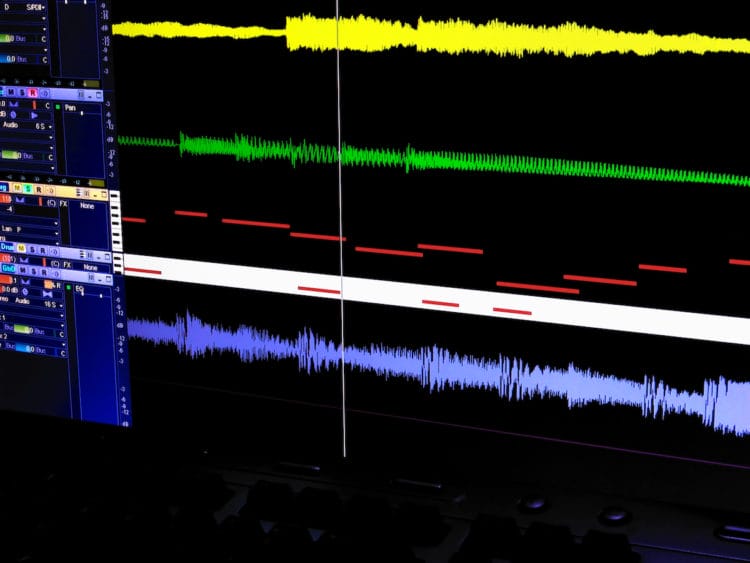
While this takes talent in itself and yields some incredible music, any music producer will benefit from picking up a few instruments.
Do so, and you will be able to troubleshoot why a certain drum beat sounds canned, or why that guitar lick you punched in doesn’t work. You can save money in the studio by recording instrumental parts yourself, or mix in live audio of your instrumental performance with the loops and presets in your software. There is intrinsic value in mastering more than one instrument in contemporary music production and audio engineering.
Instrumentalists, you’re not off the hook here – this is a two-way street! Learning to mix yields enormous benefits for your musicality, with opportunities for you to learn about the frequencies of your instrument, the effects you can add to alter its sound, and much more. Additionally, if you take the time to understand digital audio workstations, EQing, effects, and track mixing, you can effectively be your own audio engineer in a pinch!
Become A Better Collaborator
When you are a multi-instrumentalist, you can speak the same language as other musicians in your band or ensemble. When the drummer starts talking about a rhythm that sounds like “Claka-claka-dum-dum-splash,” you know exactly what they are saying.

When the guitarist and keyboard player compare notes on chord progressions or the singer wants to rewrite a lyric to make it more singable, you will understand exactly what they are chatting about because you have taken the time to expand your musical palette.
The Full Package
Finally, in a world where everyone can be a musician with a swipe on a smartphone or tap on a screen, being known as the person that can play keys, drums, and sing will make you infinitely more marketable than your peers.
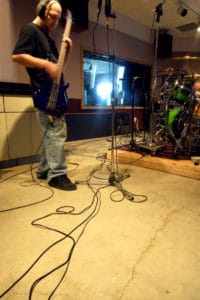 This is very true for those that are pursuing work in the studio, as a live musician, or in education.
This is very true for those that are pursuing work in the studio, as a live musician, or in education.
The best band directors and orchestra conductors are the ones that have mastered a few different instruments in order to properly direct the musicians under their baton. The best music teachers are those that can show their students how to play an instrument because they have studied that instrument. And in the studio, where time equals money, if you can hire someone that will play a few different roles, then you are more than happy to hire them for multiple gigs.
While we are focusing on the musicianship angle of playing more than one instrument, the financial and career benefits cannot be ignored. Being a multi-instrumentalist increases the number of valuable skills that you have under your belt whether you mostly play on the stage, in the studio, at the concert hall, or in your garage.
Becoming a Two (or more!) Trick Pony
Playing more than one instrument can seem daunting if you are just starting out on your musical journey. Maybe you have dabbled with the drums or can pluck a few chords out on guitar, but you haven’t mastered an instrument yet.
When to Go For It
If you have the time, passion, resources, and energy to pursue more than one instrument at a time, then go for it. Young students, for example, are like sponges, easily absorbing everything that they come across. Part of this is the malleability of the young mind and part of this is just time. A kid in school band has countless hours to improve their instrument, while their tired parents are lucky to get in thirty minutes of practice time per week.
So, yes, go for it and pursue a few instruments.
It helps to pursue instruments that are in the same family, like violin and viola, or drums and xylophone, rather than trying to master two disparate instruments like accordion and French horn.
There is also the financial aspect, which we will chat about in a second. If you are beginning your musical journey and choose to conquer two paths at once, just be sure to give yourself time to learn both well, or maybe major in one and then spend extra time on the other. Remember that you might be learning the basics of theory, reading music, and rhythm at the same time as you are learning these instruments.
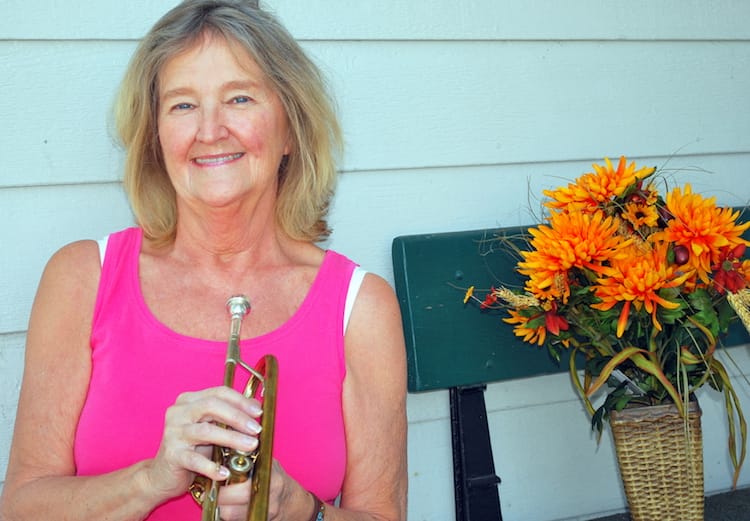
If you have already gained at least an intermediate proficiency on one instrument or voice, it’s a good time to pursue a second or third instrument. Why? Because you have already learned some of the basics of music theory, reading music, and ear training, you will probably find that the second or third instrument will be relatively easy to learn.
When to Hold Back
When shouldn’t you try to be a multi-instrumentalist? If you are already overwhelmed with a crazy schedule, then you might want to wait. This way, you don’t start pursuing an instrument then become discouraged because you can’t dedicate the right amount of time to it.
An example? I have an acoustic guitar that sits in my living room because I made the mistake of thinking that I could teach myself guitar while getting ready for a new baby in the house. I learned enough to help me with my songwriting, but for the most part, the guitar sits gathering dust for now, or at least until Junior goes to kindergarten…
Fortunately, most of us will be able to make time to learn a new instrument, even if we have to set aside some other hobbies and obligations to do so.
You’re Going For It… Now What?
If you’ve decided that yes, you do have the time, energy, and resources to go ahead and start learning a second (or third, or fourth) instrument, congratulations! You’re about to undertake a journey that will excite you, challenge you, and do incredible things for your musicianship.
Here’s what you’ll need to get started…
1. Find Resources and a Community
The first thing you want to do is find great resources on the instruments that you want to pursue, as well as information on music theory, ear training, and live performance. While we don’t offer direct beginning instruction, Musical U has countless resources that will up your musicality on any instrument – whether you sing, play guitar, piano, or drums.
Learning harmonies on the piano? Look no further than some of Musical U’s chord progression exercises. Want to develop a better ear for tuning a guitar? Check out their great resource on tuning your guitar without relying on a tuner. The Musical U community includes experts ready to help you on your musical journey, as well as fellow musicians that have struggled with the same challenges as you.
2. Borrow an Instrument, then Buy
Buying a new instrument is a big investment, especially if it’s not your primary one. Thankfully, many music stores have options like rent-to-own instruments.
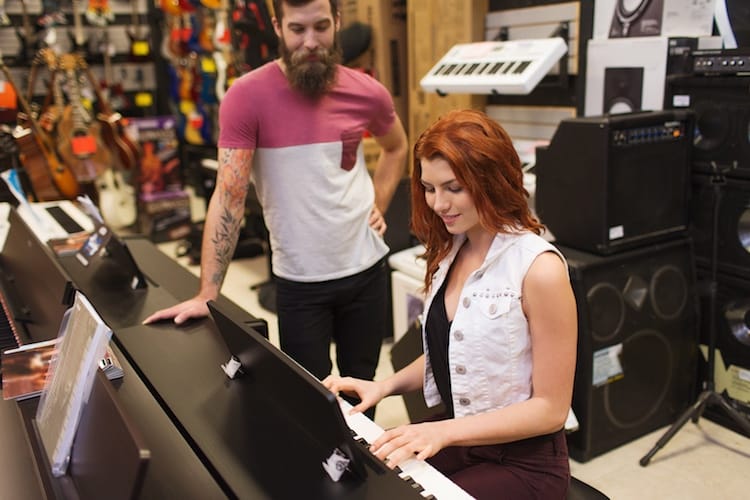
For younger students who are just learning, you might be able to find a friend, family member, or neighbor who doesn’t mind lending their instrument to your family. Some teachers have old instruments just lying in storage or in their own homes. Certain instruments, like pianos, guitars, and violins, are so popular that finding a good instrument second hand might be the best option, though you may need to repair it before using it.
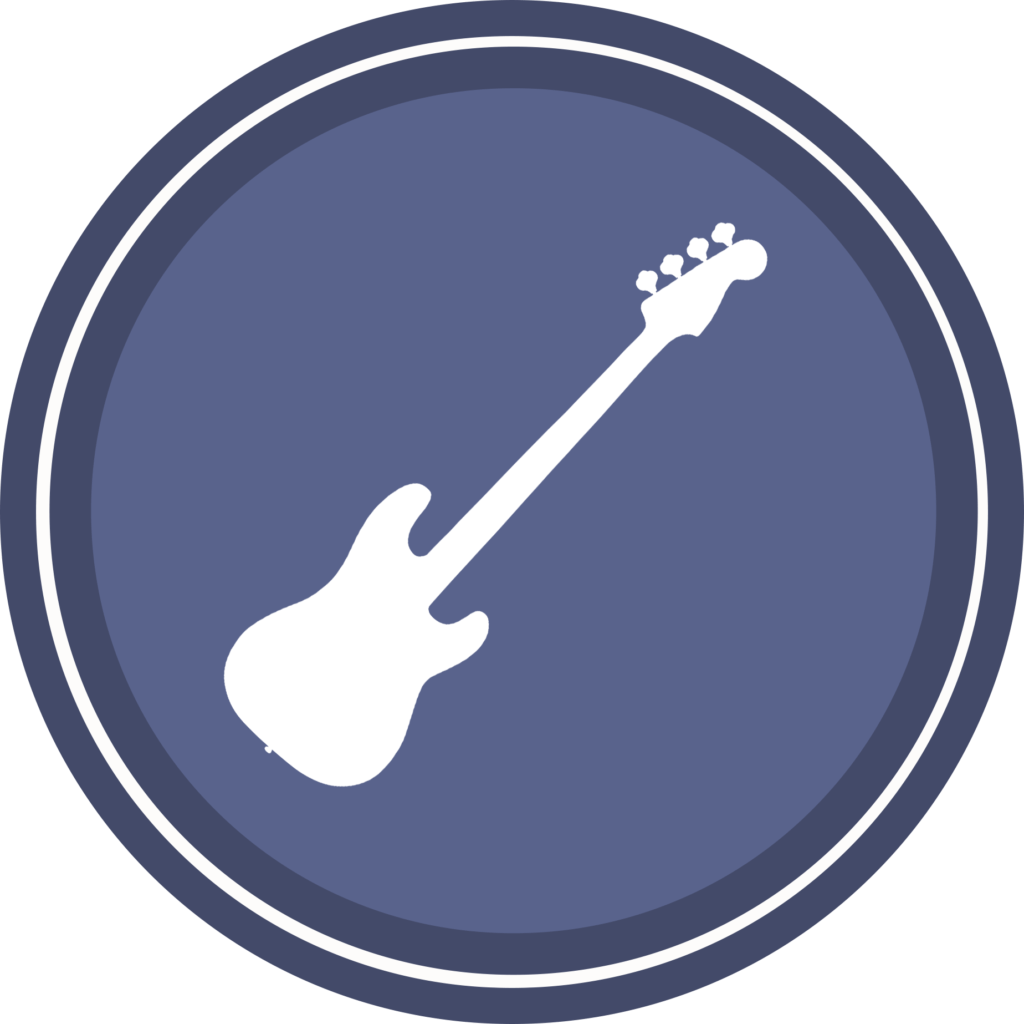 Once you have grown comfortable with your new instrument and are sure that you wish to continue learning it, you can make the financial commitment to buying an instrument.
Once you have grown comfortable with your new instrument and are sure that you wish to continue learning it, you can make the financial commitment to buying an instrument.
3. Get Learning!
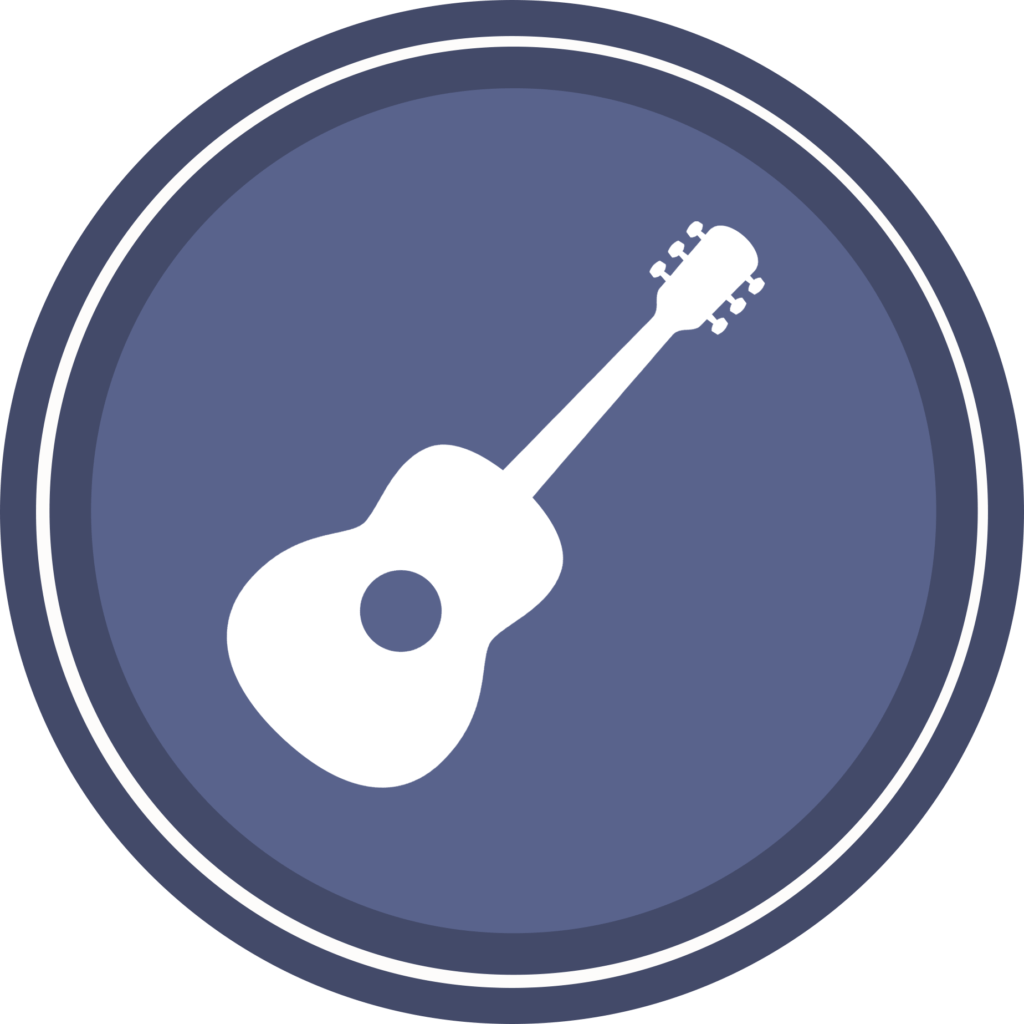 There are hundreds of options available for anyone who wants to learn how to play more than one instrument. With thousands of instructive YouTube videos and virtual music lessons available, you can start learning your new instrument from the comfort of your home at a reasonable rate. If you prefer an in-person approach, learn from an instructor at the local music shop, or a talented relative or friend.
There are hundreds of options available for anyone who wants to learn how to play more than one instrument. With thousands of instructive YouTube videos and virtual music lessons available, you can start learning your new instrument from the comfort of your home at a reasonable rate. If you prefer an in-person approach, learn from an instructor at the local music shop, or a talented relative or friend.
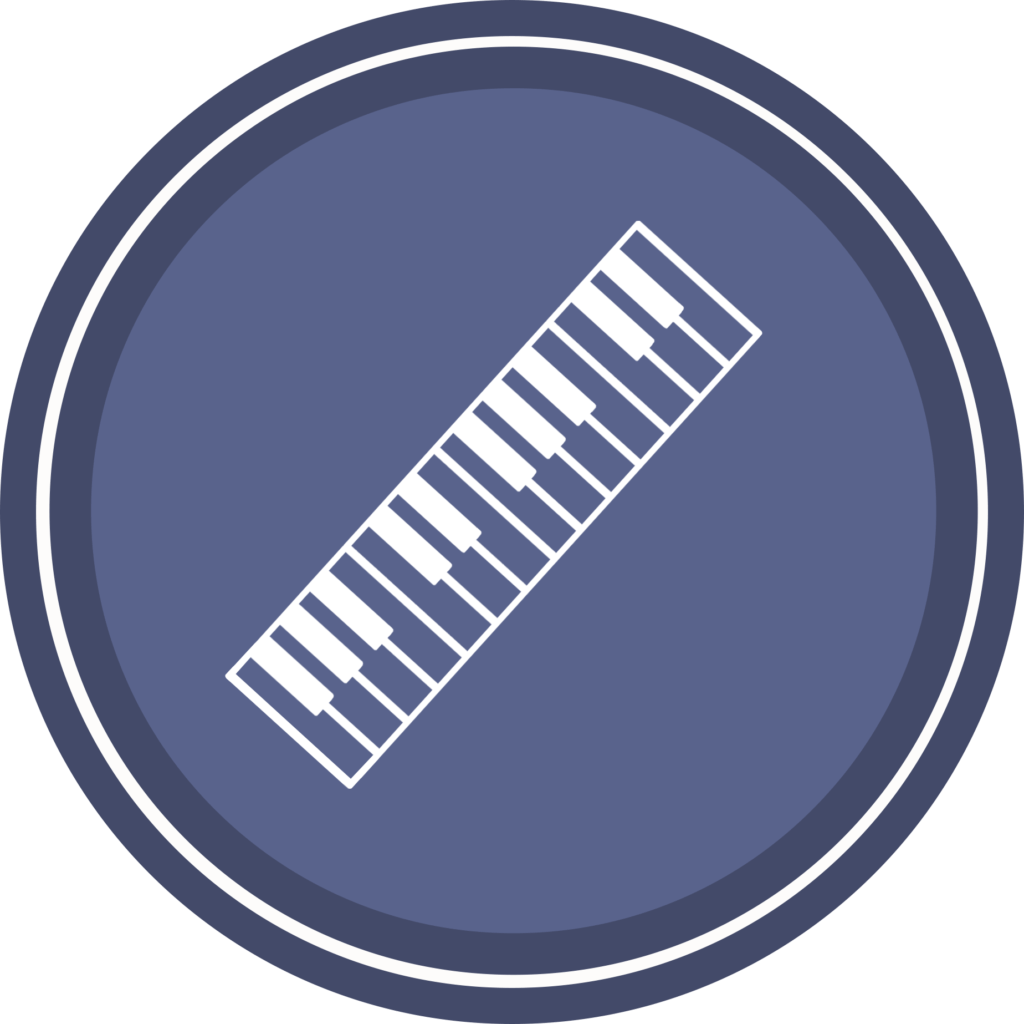 Once you get comfortable with your instrument and are ready to apply ear training to it, Musical U is an enormous help to get you from “just playing” to playing musically. Included in a membership is access to Instrument Packs for bass, guitar, piano, and singing, which contain both instrument-specific and general advice for bringing out your musicality. And with new content released daily through articles, podcasts, and tutorials, you can expand your musicality even further – and these resources are valuable to all musicians.
Once you get comfortable with your instrument and are ready to apply ear training to it, Musical U is an enormous help to get you from “just playing” to playing musically. Included in a membership is access to Instrument Packs for bass, guitar, piano, and singing, which contain both instrument-specific and general advice for bringing out your musicality. And with new content released daily through articles, podcasts, and tutorials, you can expand your musicality even further – and these resources are valuable to all musicians.
 Want to challenge yourself more? Take the time to contact professional musicians and instructors to help you achieve a higher level of musicianship and understanding – some of them may just let you pick their brains!
Want to challenge yourself more? Take the time to contact professional musicians and instructors to help you achieve a higher level of musicianship and understanding – some of them may just let you pick their brains!
4. Play Live
Once you have gained an intermediate understanding of your new instrument, set up a live performance. This can be something as simple as a living room concert, or something as complicated as a full band show, but take the time to show off your new musical skills. Even if you are a perfectionist nervous about a less-than-stellar performance, there is value in performing live. It motivates you to improve like nothing else does.
Jack of Many Instruments
With the world of possibilities that learning a new instrument presents, you may be tempted to go straight to the online classifieds, buy a second-hand flute, and get jamming.
However, engage in an honest self-evaluation before you commit to anything. Ask yourself, Do I have the time? How will my potential second instrument complement the one(s) I already play? What benefits do I most hope to reap? How do I want to learn?
Once you’ve done that, congratulations – you’ve embarked on a new chapter of your musical journey. Join up with our Musical U community of musicians and get expert tips, great resources, and make friends in the global music community as you learn how to be a rocking multi-instrumentalist.
The post Musicality Means: Playing More Than One Instrument appeared first on Musical U.